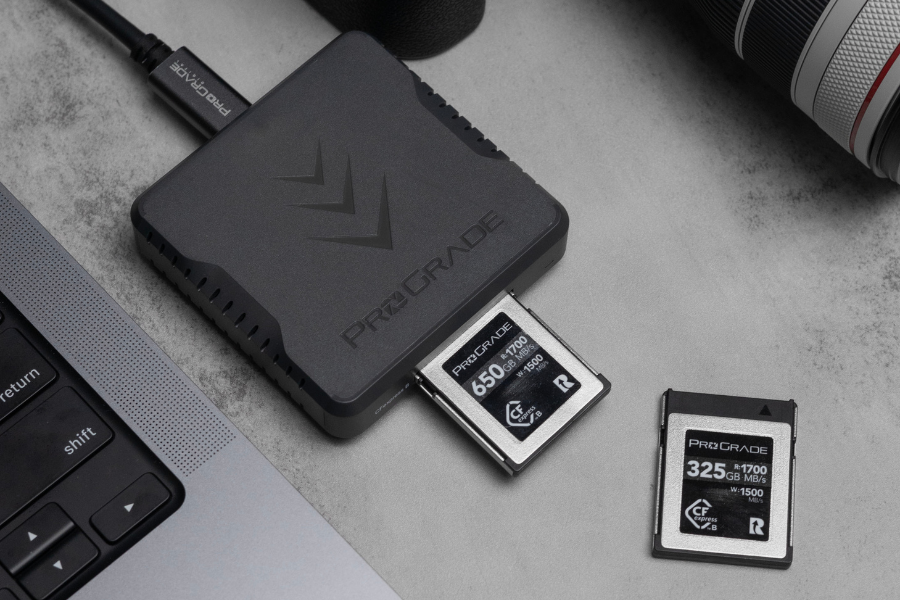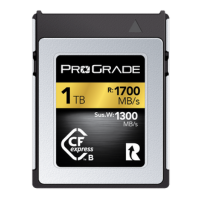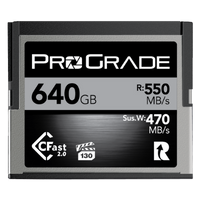Your memory card is the backbone of your creative expression. More than a mere storage device, it plays a pivotal role in shaping the quality and reliability of your visual storytelling.
In this guide, we’ll delve into the essential steps for testing the speed and performance of your memory card. No frills, just straightforward insights to ensure your memory card is ready to meet the demands of your artistic pursuits. Let’s get going!
Why Memory Card Speed Matters?
Memory card speed is more than a technical specification; it’s a pivotal factor in defining the experience for photographers and videographers. A slow or sluggish memory card can be the bottleneck that leads to missed opportunities.
Speed, in this context, is a measure of how quickly data can be written to the card and read back. When you’re bursting RAW images or recording 4K video, the data flow is substantial, and the need for speed is even more so. If your memory card can’t keep up with this data flow, it impedes your camera’s performance and can lead to frustration or even missing critical moments.
Essentially, when the card can’t record data fast enough, the camera struggles to clear its buffer during bursts and may lead to dropped frames and interruptions in video recording.
Why is Periodic Measuring of Memory Card Speed Critical?
Choosing a memory card with the right speed is fundamental for photographers and videographers aiming to capture seamless moments without disruptions. However, as a memory card ages, its overall performance may degrade. With frequent use and extensive data transfers, the stored information on a memory card can become fragmented, leading to slower read and write speeds.
Several other factors can influence a memory card’s speed. Drastic temperatures (whether hot or cold), wear and tear, and the quality of the card reader all play a pivotal role.
Given these influencing factors, it becomes clear why regularly measuring your memory card’s speed over time is important. Continuous assessment allows you to ensure your card consistently meets the demands of your photography and videography projects.
Free Tools: Popular Memory Card Testing Software
Now that you understand the pivotal role speed plays in optimizing your memory card’s performance, the next step is evaluating it with precision. Fortunately, there are powerful tools designed for this exact purpose, and they are entirely free. Here are 4 of them:
CrystalDiskMark
CrystalDiskMark is an open-source benchmark tool that provides in-depth insights into your memory card’s read and write speeds. With its user-friendly interface and straightforward design, this software is perfect for quickly measuring how well your card is performing. CrystalDiskMark is designed for Windows, but there is a macOS clone called AmorphousDiskMark developed by Katsura Shareware.
ATTO Disk Benchmark
ATTO Disk Benchmark is another free and simple-to-use benchmarking tool for Windows. Many drive manufacturers use ATTO to build and test drives.
AJA System Test
AJA System Test is a free tool available for both Windows and Mac that simplifies the process of checking memory card speed. Detailed graphs offer a comprehensive visual representation of the memory card’s performance.
Blackmagic Disk Speed Test
The Blackmagic Disk Speed Test is a perfect tool for quickly measuring your memory card’s performance when working with high-quality video. With a click of a button, Disk Speed Test will write-test your disk using large blocks of data and then display the result. It’s available for both macOS and Windows.
Step-by-Step Guide: How to Test the Speed and Performance of Your Memory Card?
Testing the speed and performance of your memory card is quick and easy. The process may differ a bit depending on the program you choose to use, but the general steps remain the same.
Here’s a step-by-step guide to testing your SD card speed:
- Step 1: Download Software – Choose one of the memory card speed testing programs mentioned above and install the software.
- Step 2: Insert Memory Card – Place your memory card into your memory card reader. Generally, for best results, you want to use a high-speed memory card reader and not your computer’s built-in reader to avoid any potential hiccups.
- Step 3: Open the Program and Select Drive – Launch the downloaded speed tester program, and in the program interface, choose the drive corresponding to your inserted memory card.
- Step 4: Initiate Testing – Look for the “Start” or “Begin” button within the program and click it to commence the speed test. You should have the results in a couple of seconds.
- Step 5: Verify Consistency – For a reliable assessment, it’s advisable to repeat the test 3-4 times to confirm the consistency of the results.
By following these steps, you’ll gain insights into the speed and performance of your memory card, ensuring it meets the requirements for your photography or videography needs.
The Lifecycle of Your Memory Card: Upgrades and Care Tips
Not seeing the speed results you were expecting? Try formatting the memory card in your computer to defragment it. If the issue persists, the card may have naturally aged, impacting its performance. Consider upgrading your memory card to keep up with the evolving demands of modern cameras and devices.
While considering an upgrade is essential, taking proactive measures to care for your current memory card can prolong its lifespan and maintain optimal performance. Here are 5 essential tips:
- Handle with Precision: Gentle insertion, removal, and proper power-off procedures protect your memory card’s connectors and ensure consistent performance.
- Store Safely: Store your cards in protective cases in a cool, dry environment to shield them from physical damage, dust, and moisture.
- Format Regularly: Periodically format your memory cards to prevent data corruption, optimize read/write speeds, and counteract wear and tear.
- Avoid Abrupt Removal: Always power off your camera before ejecting the memory card to prevent potential data corruption and ensure safe transitions.
- Use Monitoring Tools: Use tools like Refresh Pro regularly to inspect card health, catch potential issues, and ensure peak performance.
Full Guide: How to Maintain and Extend the Life of Your Memory Card
Conclusion: Prioritizing Performance in Every Shot
Regularly testing memory card speeds isn’t just a technical formality—it’s your proactive stance to ensure readiness for critical shoots and long-term reliability. The tiny hero in your lineup deserves this attention, ensuring that every click and frame, from the first to the last, is backed by a memory card performing at its peak. Happy shooting!
Need to Upgrade?
Pro Grade Digital manufactures high-speed memory cards for professional photographers and filmmakers. To ensure reliability and longevity, our memory cards are Refresh Pro compatible. Refresh Pro allows you to monitor the underlying health of your memory cards and reformat your used cards to a factory-new state.





